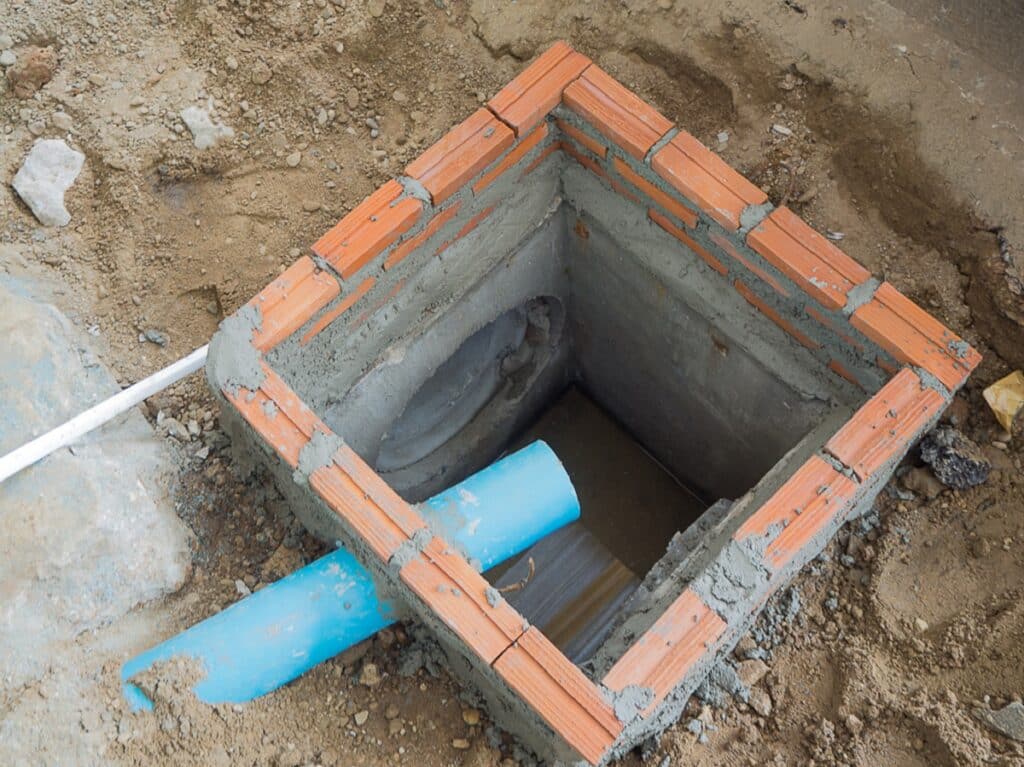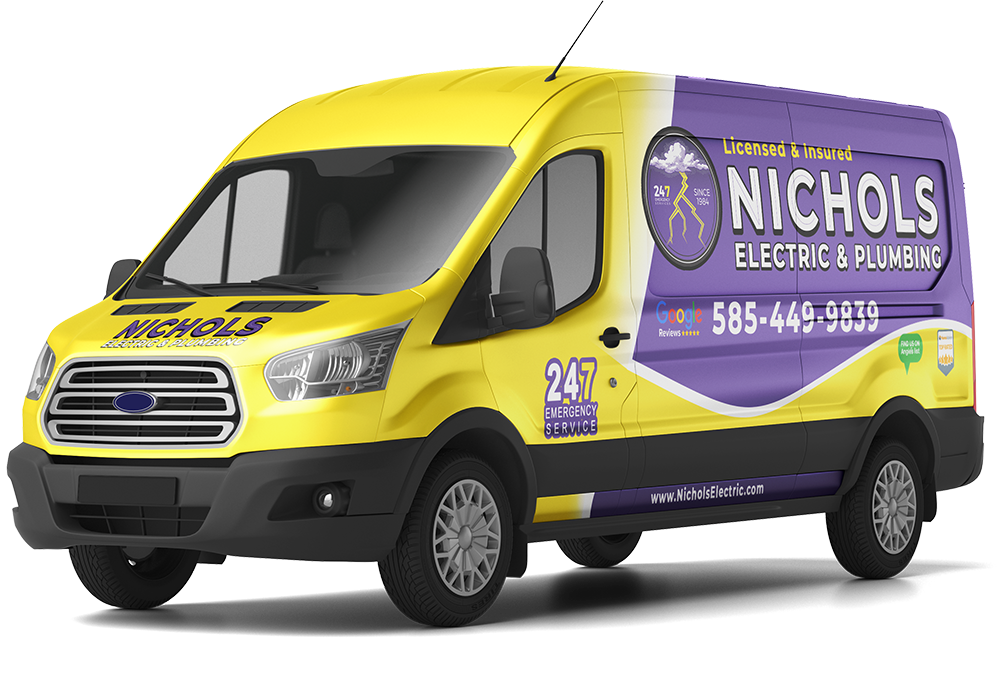Almost everyone has dealt with a clogged drain at some point. Although a plunger or drain snake will cure many clogs, some clogs require more care. The best way to avoid costly repairs for your main drain line is to identify clogs before they become too serious. Knowing what causes drain clogs, how to spot the signs, and how to fix them are important.
What Are Some of the Most Common Causes of Clogged Drains?
“Flushable” wipes are a common cause of drain clogs. If your drains are sluggish, there might already be a partial blockage. Wipes can compact into a full clog upon reaching the main drain line. Feminine hygiene products and Q-tips should also never be flushed. Paper towels and tissues are also a problem because they don’t break down. Only toilet paper should be flushed.
Grease solidifies in pipes, which can cause blockages that typically require jetting to clear. It’s important to dispose of grease and fat by pouring them into a container for proper disposal, rather than down the drain. In older plumbing systems, tree roots may grow into sewer lines, leading to potential blockages that can shut down your sewer system.
What Do You Do If Your Drain Line Is Clogged?
If your drains are draining slowly, you may have a clog. This clog could be a complete blockage or partial, depending on the source. Your first steps should include trying to clear the clog. There are a few effective methods that can clear clogs fairly quickly.
If the clog seems food-based, a mixture of water and baking soda might clear it quickly. Should the clog involve a solid object, a plunger may be the best option. When the clog is further down the drain line, a plumbing snake may be the best option. Contacting a plumber is best if none of these work.
Preventing Clogged Sewer Lines
Make sure you’re mindful of what’s flushed down the toilet. Only sewer-safe toilet tissue should be flushed. Use food strainers or hair catchers to prevent food or clumps of hair from getting into drains. Using strainers keeps food debris from getting into your garbage disposal.
Fill up a sink or tub with water once a month and let it drain. This is a good way to flush out your pipes and watch for signs of a blockage. Consider having your sewer line inspected every two years, especially if you’ve had problems. A plumber will be able to make recommendations based on specific problems.
Address any issues that come up as soon as they arise. Otherwise, you could be dealing with high costs. When you need sewer line services, feel free to contact Nichols Electric and Plumbing in Rochester, NY.



